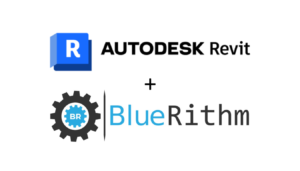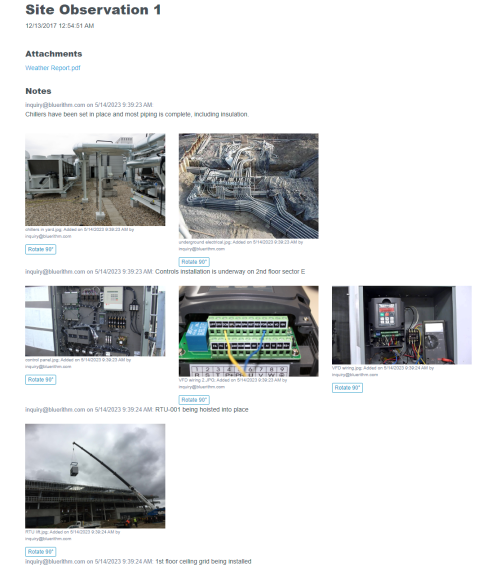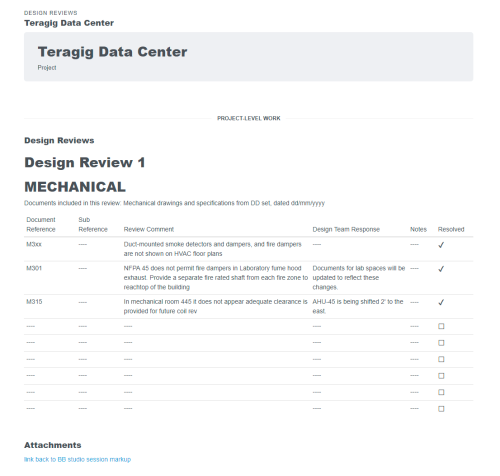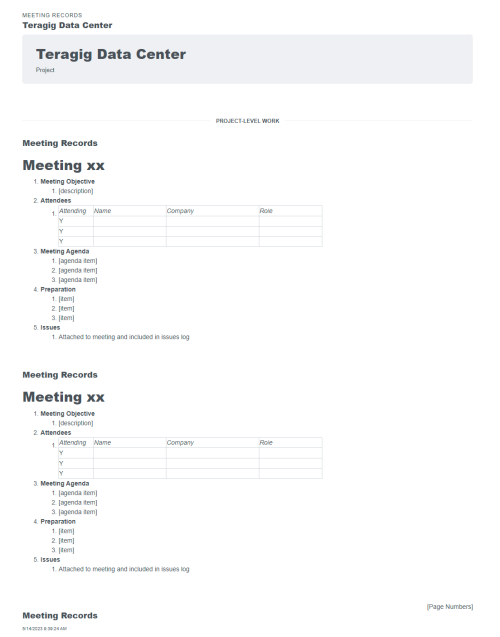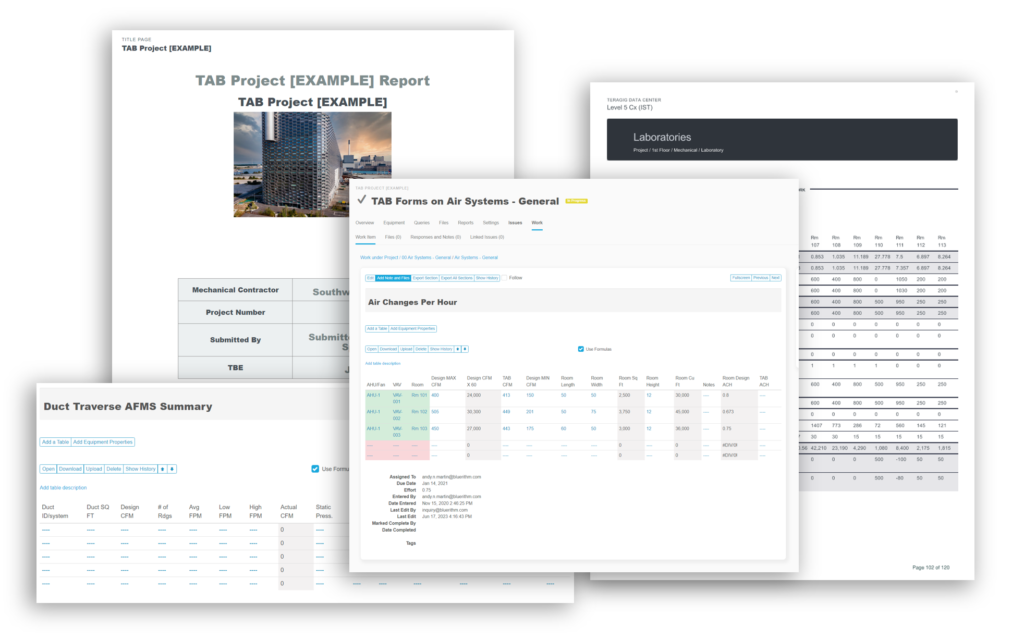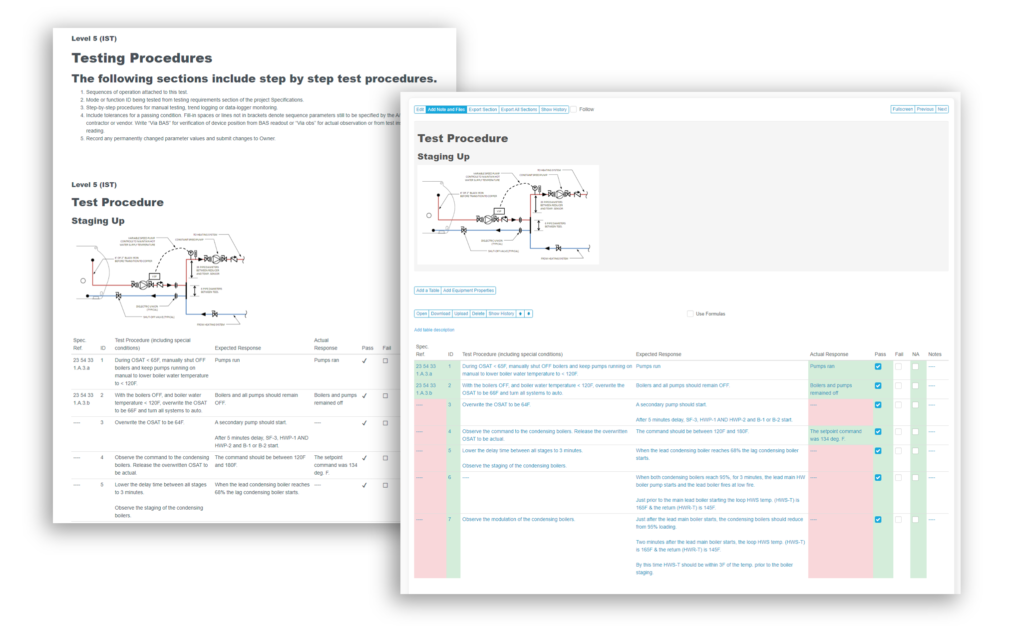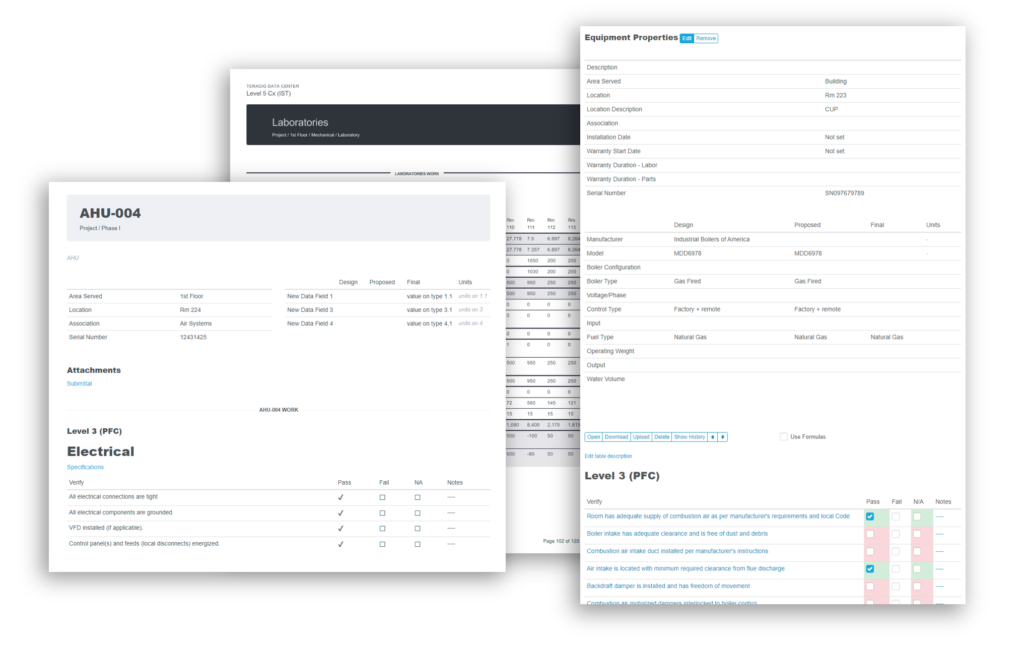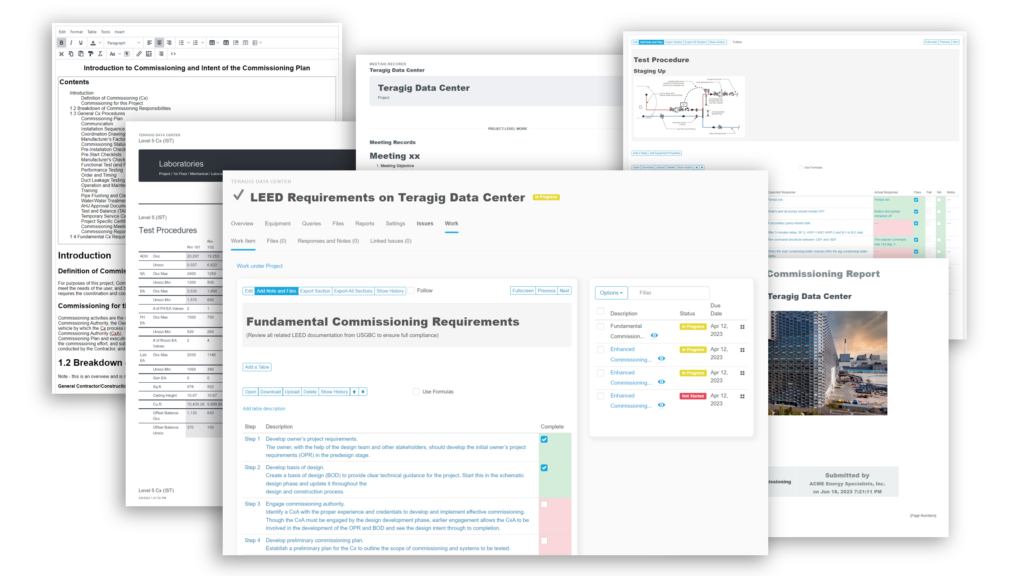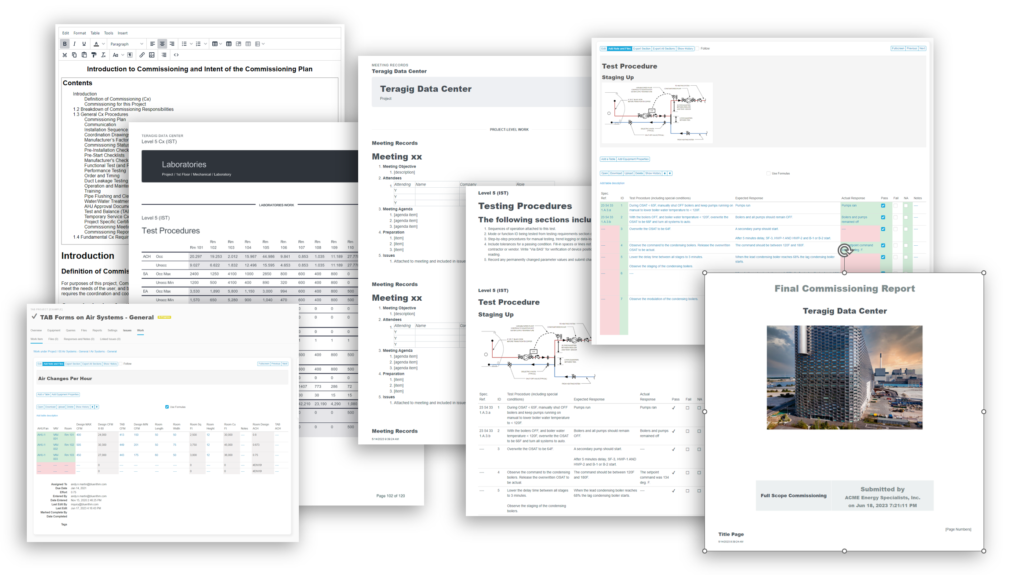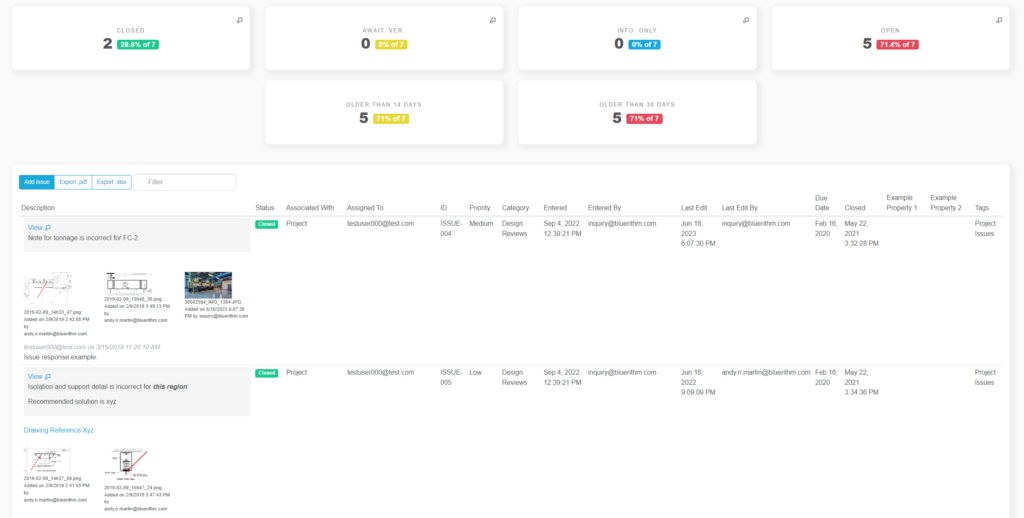Best Practices for New Building Commissioning
Building commissioning is the vehicle that building owners and contracting teams are using to achieve better outcomes. These outcomes include
- sorting out interoperability issues between the many complex building systems that are installed in modern and high performance buildings,
- assuring systems and the building as a whole work as designed,
- and optimizing energy efficiency and performance.
In a report on a Lawrence Berkeley National Laboratory study, it was noted that commissioning provided whole-building energy savings of between 13 and 16 percent, and that if every non-residential building in the U.S. were properly commissioned, $30 billion in energy savings could be realized. In another study, the U.S. General Services Administration found that commissioning buildings have operating costs ranging from 8 – 20% lower than non-commissioned buildings.
High quality contractors typically do an excellent job at delivering their work as it is designed, and in accordance with industry standards. The same can be said of competent consulting engineering firms, where they produce sophisticated and complex engineering designs. Where commissioning can really deliver value and uncover these benefits is where it bridges the gap between the design and contracting teams, and between all of the various contractors, some of which are delivering specialized and technical systems which are generally customized for a given building.
The best arrangement puts the commissioning firm in an objective and independent position in the project team, where the commissioning contract is received and managed directly by the owner – outside of the main construction contract. In this way, the commissioning firm has autonomy, avoids conflicts of interest, and can truly act as the intermediary among the design and contracting team, and as an effective advocate for the owner or sponsor of the project.
The benefits and ROI of commissioning are real. However, the effectiveness of the commissioning effort are determined by how well the process is executed, as well as the expertise and experience of the commissioning providers.
Best Practices for New Building Commissioning
#1: Engage Early and Often
Before any formal design phases begin is ideally when the commissioning process begins. It is here that the essential Owner’s Project Requirements (OPR) are developed alongside the building program. It is also here that commissioning is made a formal part of the project and begins to be woven into the overall project delivery plan, including early versions of project schedules, budgets, etc.
#2: Build A Stellar Team
The commissioning team size and make-up of personnel will vary by project type and size, but practical hands-on experience, practical building system engineering knowledge, and knowledge of the construction process and activities are key attributes that most team members should posses.
#3: Clearly Define The Commissioning Scope, Schedule, and Budget
This work is referenced in #1. It is through these activities that commissioning becomes an integral and ingrained part of the project that everyone will plan for from day one, rather than something that is hastily executed at the end of the project – detailed verification and quality control processes take time to do right. The commissioning schedule cannot be compressed as easily as other construction activities.
The scope of the commissioning identifies all systems to be commissioned and to what extent, defines roles and responsibilities across the construction and design teams, as well as helps to inform the commissioning budget.
When this step is taken early in a project, the commissioning plan, including contractor roles and responsibilities, can be incorporated into construction documents and contractual language (often as a commissioning specification), ensuring everyone is committed to the plan.
#4: Define and Agree on an Issues Documentation and Distribution Format and System
On smaller projects this can be as simple as spreadsheets that are distributed via email to the project team. Many project teams on larger, modern projects utilize some form of cloud-based commissioning management platform. This not only gives everyone access to real time information, it can improve quality control, efficiency, and allow a high degree of efficient collaboration across the project team.
#5: Hold a Design Phase Kickoff Meeting and Periodic Reviews During the Design Phase
A design phase kickoff meeting can help ensure alignment of the early understanding of the building design requirements with the commissioning plan. The number and frequency of design document reviews will vary based on project size and complexity, but there should be at least one initial review, and three subsequent reviews at various stages of the design phase.
Written responses by the commissioning team for each design review should be incorporated into the design documents, and this review-feedback-update process can be used like a phase-gate before subsequent design phases begin.
#6: Hold a Construction Phase Kickoff Meeting
While all activities leading up to this point are critical, getting buy-in and a thorough understanding of the commissioning process from all necessary contractors is one of the most critical.
This isn’t a time to be used for issuing directives, but for building understanding and mutual respect among the various teams and for the commissioning process, with the ultimate goal of delivering the best possible outcomes for the building owner or project sponsor.
It’s at this point that all involved parties should also be informed of (and trained if necessary) on the process or software platform that will be used to manage issues and communication. Efficient and high quality collaboration is key.
#7: Distribute Detailed Commissioning Documents to the Construction Team
This information should include lists of systems, functional testing scripts and procedures, and any necessary task or checklists, or access to the software platform being used if not already provided.
#8: Maintain an Up to Date Issue Log and Regular Commissioning Meetings
With as much complexity and as many details involved in starting up and commissioning a new building, process is key. The project team (and any other interested stakeholders) will need constant access to current information.
While excessive meetings are a significant cause of waste and inefficiency on construction projects, the commissioning process deserves a dedicated meeting with a regular cadence. Hold commissioning meetings with critical contractors and stakeholders to ensure any necessary communication is happening and issues are being handled and closed regularly and quickly.
#9: Stay Engaged
Regular site visits should be a recurring and scheduled part of a commissioning plan. Observe and participate in key work as it is occurring. Review start up reports, functional test reports, test and balance reports, etc. Talk to contractors about challenges that have occurred during high-impact activities.
Maintain open and constructive dialogue with project stakeholders and contractors, and engage as a team builder. It will allow greater insight into the process they use to execute work, and may provide opportunities for incremental improvements to designs or systems that would have otherwise been overlooked.
#10: Rigorously Carry Out Functional Testing
Carry out functional testing according to written, repeatable test procedures developed in earlier phases. Produce detailed documentation of this testing. Record any information about system performance, maintenance, or characteristics that may be useful to future building operators. Where available, document historical trend information, system settings, and performance results for future reference or to compare with during follow up seasonal testing.
Summary
Modern building construction projects are incredibly complex events. Adding a poorly planned and executed commissioning process can add to this complexity and even cause dysfunction. However, a well planned, fully engaged, and rigorously executed commissioning plan has the potential to streamline some of the most critical and complex activities and systems, not to mention the significant benefits the owner of the building will enjoy over the early life cycle of the building. Use these Best Practices for New Building Commissioning as a starting point for developing a robust commissioning program.
BlueRithm builds software to facilitate and streamline the commissioning process for modern and complex building projects.
Content for this article was based on the New Construction Building Best Practices guide from the Building Commissioning Association.



